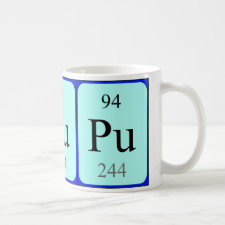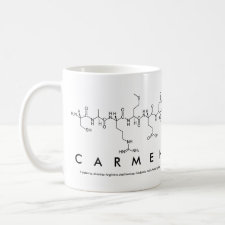
Authors: Hiratani H, Fujiwara A, Tamiya Y, Mizutani Y, Alvarez-Lorenzo C
Article Title: Ocular release of timolol from molecularly imprinted soft contact lenses.
Publication date: 2005
Journal: Biomaterials
Volume: 26
Issue: (11)
Page numbers: 1293-1298.
DOI: 10.1016/j.biomaterials.2004.04.030
Alternative URL: http://www.sciencedirect.com/science/article/B6TWB-4CGM8MB-7/2/a32369812e3d04b99468b78680d91800
Abstract: The aim of this study was to evaluate "in vivo" the usefulness of molecular imprinting technology to obtain therapeutic soft contact lenses capable of prolonging the permanence of timolol in the precorneal area, compared to conventional contact lenses and eyedrops. Soft contact lenses (diameter 14 mm, center thickness 0.08 mm) consisted of N,N-diethylacrylamide (DEAA; main component of the matrix), methacrylic acid (MAA; functional monomer) and ethylene glycol dimethacrylate (EGDMA; cross-linker) were prepared by the conventional methodology (non-imprinted) or by applying a molecular imprinting technique using timolol as the template (imprinted ones). After washing and reloading, timolol release studies carried out in rabbits showed that the soft contact lenses made by the molecular imprinting method (34 μg dose) provided measurable timolol concentrations in the tear fluid for 2.0- and 3.0-fold longer than the non-imprinted contact lenses (21 μg dose) and eyedrops (doses of 34 and 125 μg), respectively. Furthermore, the area under the timolol concentration-time curve (AUC) was 3.3- and 8.7-fold greater for imprinted contact lenses than non-imprinted contact lenses and eyedrops, respectively. The timolol concentration of the eyedrops did not affect the precorneal residence time of drug significantly. On the other hand, timolol loading capacity of the contact lenses was improved by the molecular imprinting method; the sustaining of the drug levels in the tear fluid being proportional to the loading capacity of the contact lenses. These results indicate that imprinted soft contact lenses are promising drug devices able to provide greater and more sustained drug concentrations in tear fluid with lower doses than conventional eyedrops
Template and target information: timolol
Author keywords: hydrogel, molecular imprinting, timolol, contact lens, controlled drug release



Join the Society for Molecular Imprinting

New items RSS feed
Sign-up for e-mail updates:
Choose between receiving an occasional newsletter or more frequent e-mail alerts.
Click here to go to the sign-up page.
Is your name elemental or peptidic? Enter your name and find out by clicking either of the buttons below!
Other products you may like:
 MIPdatabase
MIPdatabase









